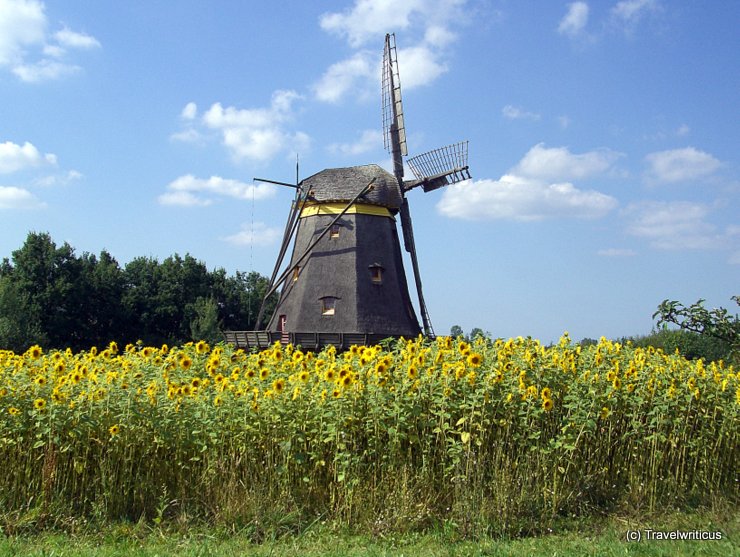
The Hessenpark forms an open-air museum featuring around 100 buildings from the German state of Hesse. Besides farmhouses, barns and windmills, you also see a marketplace with urban structures.
Browse through your travel destination!

The Hessenpark forms an open-air museum featuring around 100 buildings from the German state of Hesse. Besides farmhouses, barns and windmills, you also see a marketplace with urban structures.
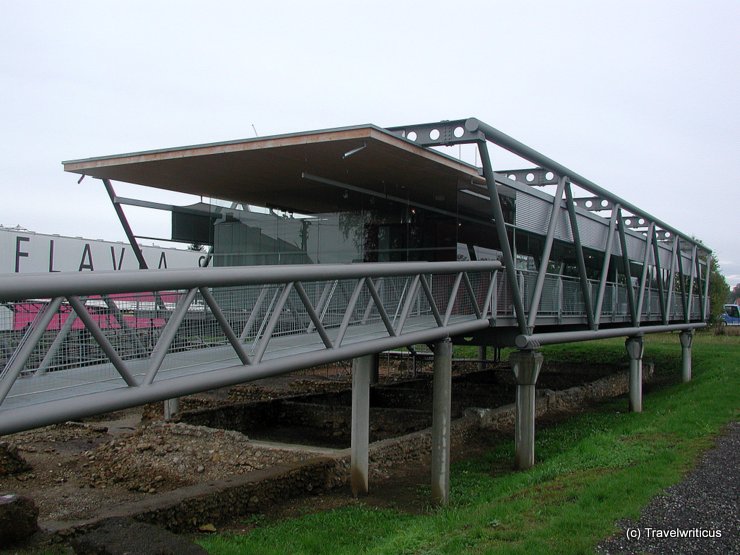
The Roman Museum of Wagna is located right above the remains of the former Roman settlement Flavia Solva. Thus, you can simultaneously look at the ancient walls below your feet and some Roman pieces that have been found there.
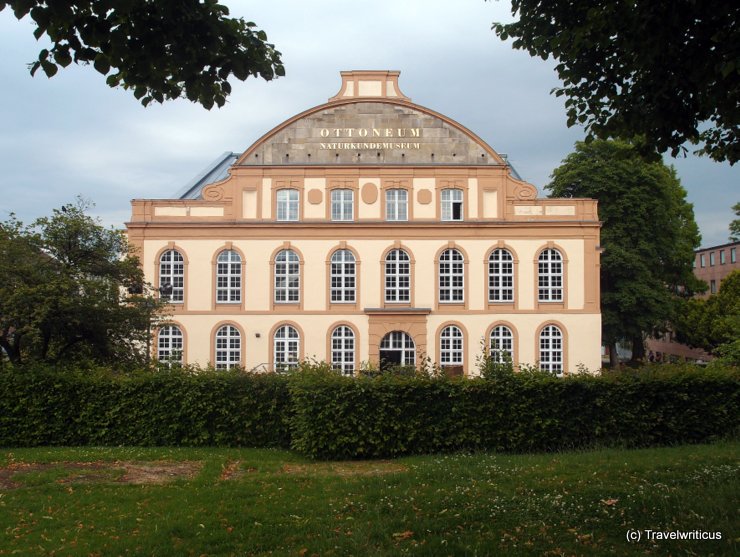
A museum with intriguing architecture forms the Museum of Natural History known as Ottoneum. Inside, it offers goodies like a Xylotheque and the Ratzenberger Herbarium. Another attraction is the Goethe Elephant Skeleton.

This steam locomotive NkNb 1-3 dates back to 1882. You find it on the grounds of the Transport Museum of Budapest. First, the locomotive served on the Nagykikinda–Nagybecskerek railroad. Later, it ran as an industrial locomotive in Budapest.

This pic is a view from the roof of the Stahlwelt. The Stahlwelt is an exhibition hall promoting products made of steel. The small hill in the middle reminds me of the Erzberg, a mining area for ore in the Austrian state of Styria.
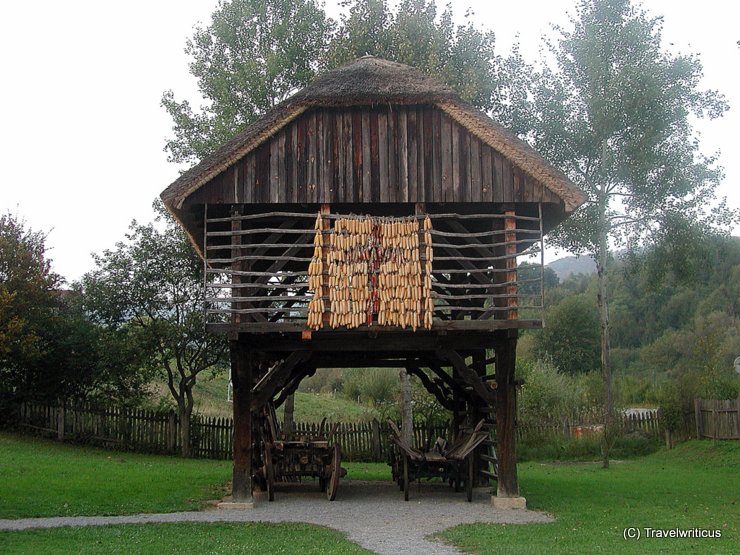
This traditional Slovenian hayrack (Kozolec) is an exhibit at the open-air museum in Rogatec. For fans of these sorts of hayracks, there is also a specialized museum in Šentrupert, generally known as the “Land of Hayracks”.
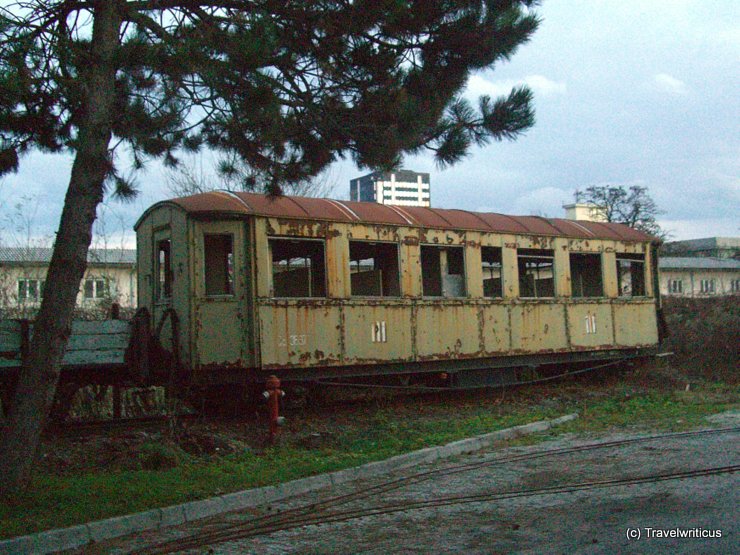
The Museum of Slovenian Railways offers mighty steam locomotives as well as light auxiliary rail vehicles. Visitors find all these locos and carriages not only in an old shed but also on the attached free ground. It is s place with fascinating objects at every turn.

The Haydnhaus in Vienna is where the Austrian composer Joseph Haydn spent his last years. The museum inside explains how Haydn lived in this period and shows several pieces of his former household. A reconstructed garden completes the offer.

The Nietzsche-Haus museum opened in 1994. A permanent exhibition is devoted to the life and work of the philosopher Friedrich Nietzsche. The Nietzsche Documentation Centre, also housed here, is concerned with researching the reception of Nietzsche’s works.
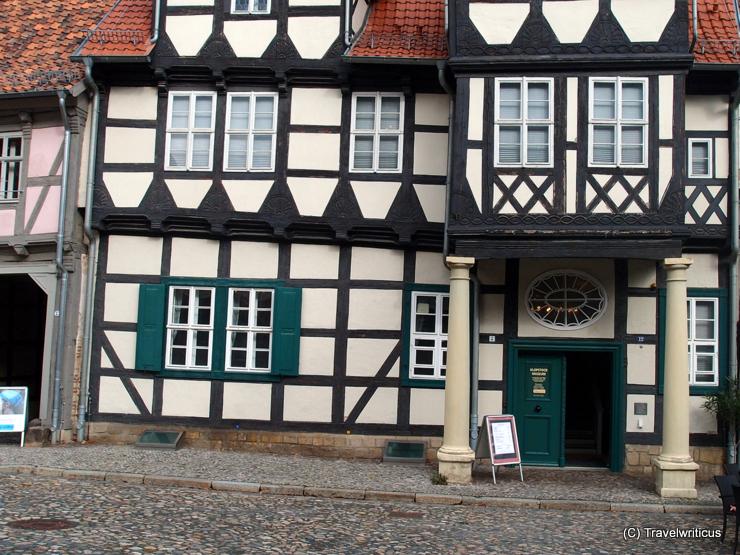
German writer Friedrich Gottlieb Klopstock was born in this building on July 2nd, 1724. Today it houses a museum about his works, e.g. the epic poem ‘The Messiah’ (Der Messias). Biographies of several additional local personalities complete the exhibition.
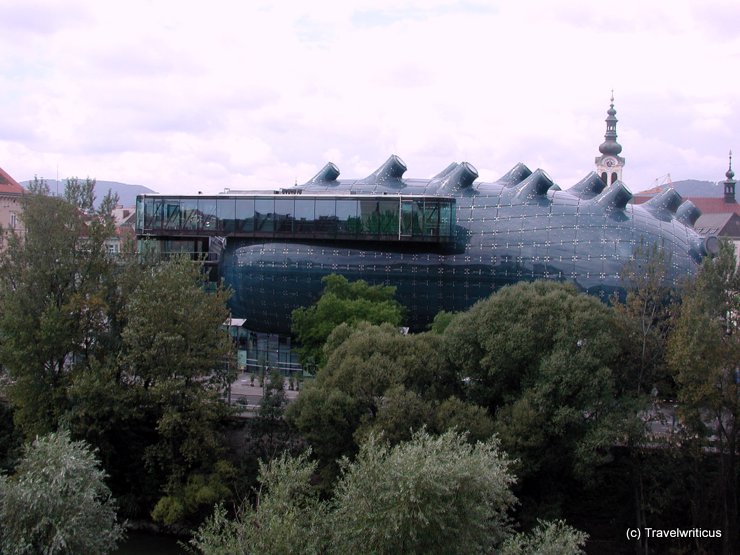
The Kunsthaus, dating back to 2003, shows exhibitions of contemporary art. Because of its architecture, it is generally known as the “Friendly Alien”. The form of an irregular bubble offers the possibility to enjoy bulky sculptures in an appropriate space.
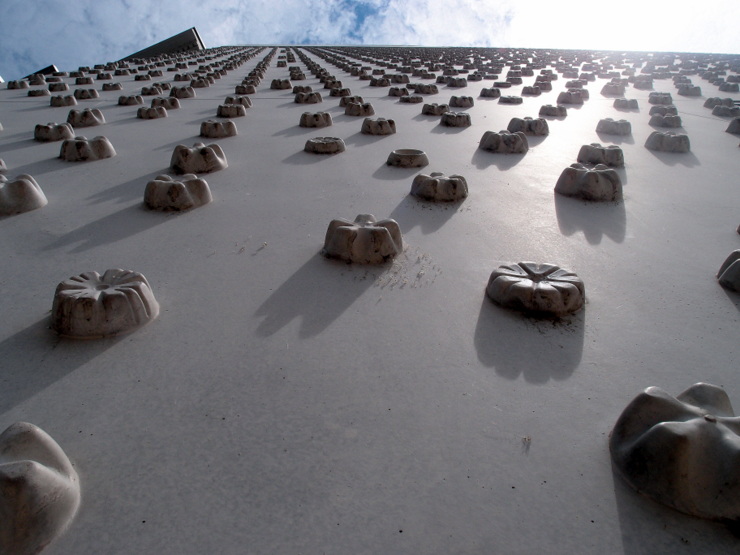
The facade of the Vorarlberg Museum in Bregenz is decorated with 16,656 concrete blossoms. The blossoms were formed by the bottoms of simple PET bottles. But this is not the only architectural peculiarity of this museum in the Vorarlberg capital.